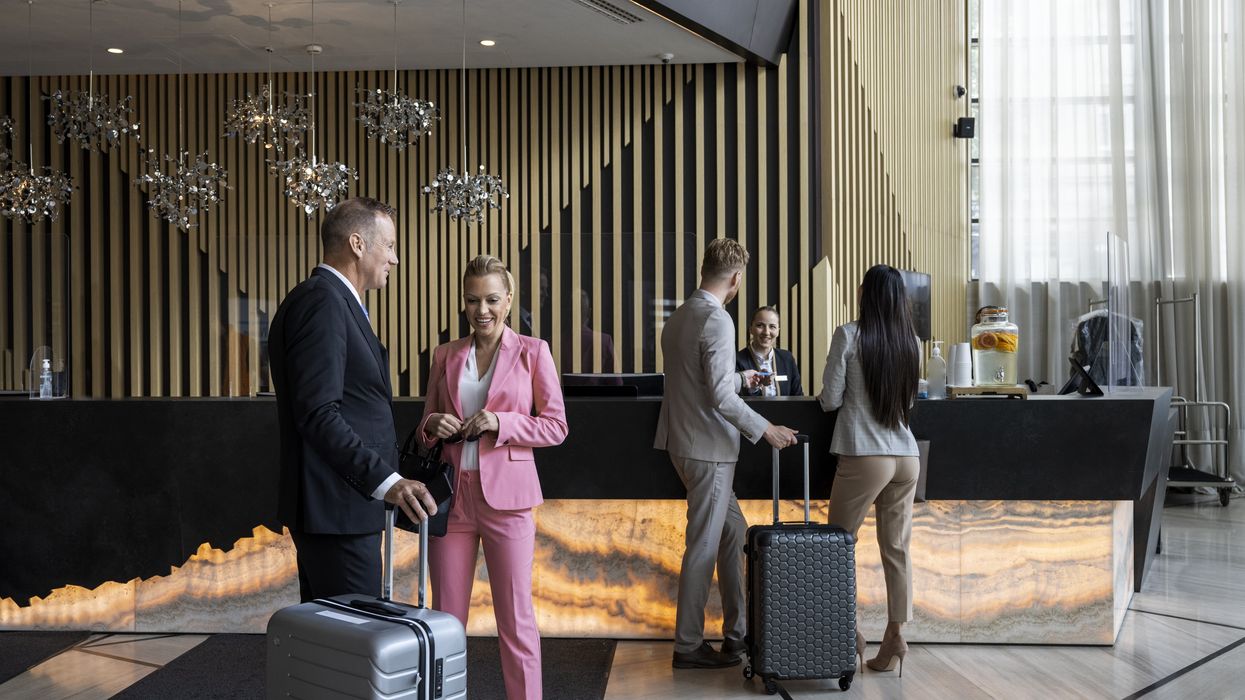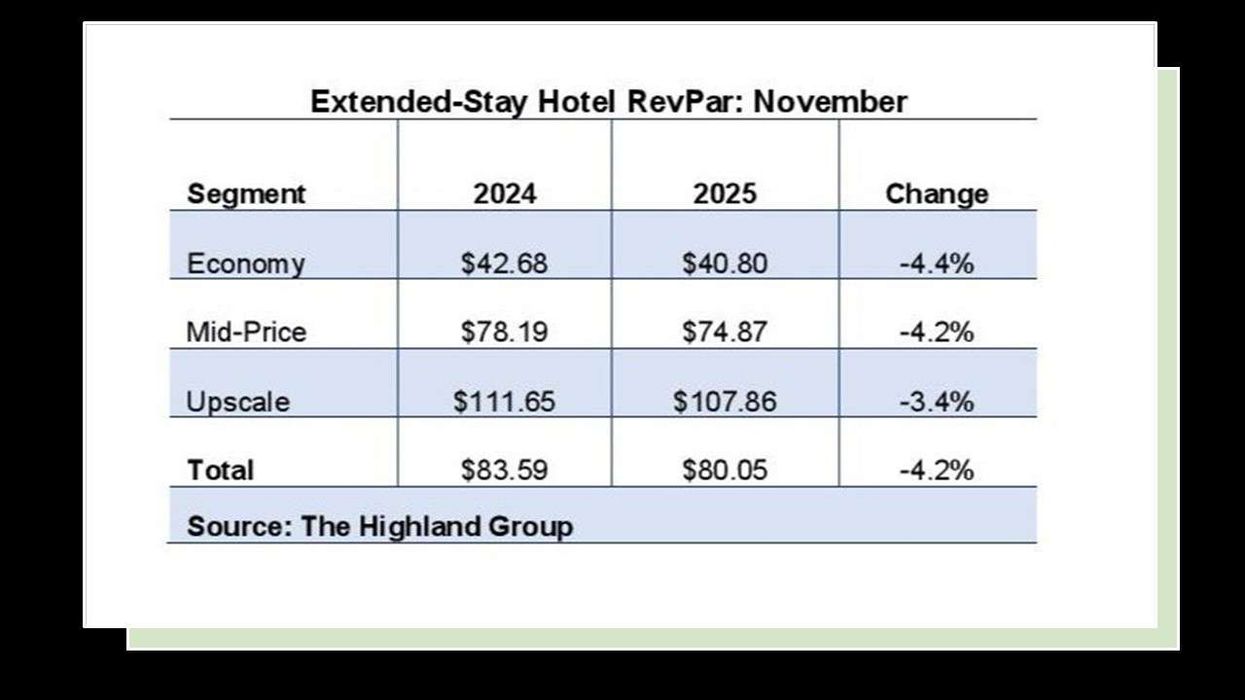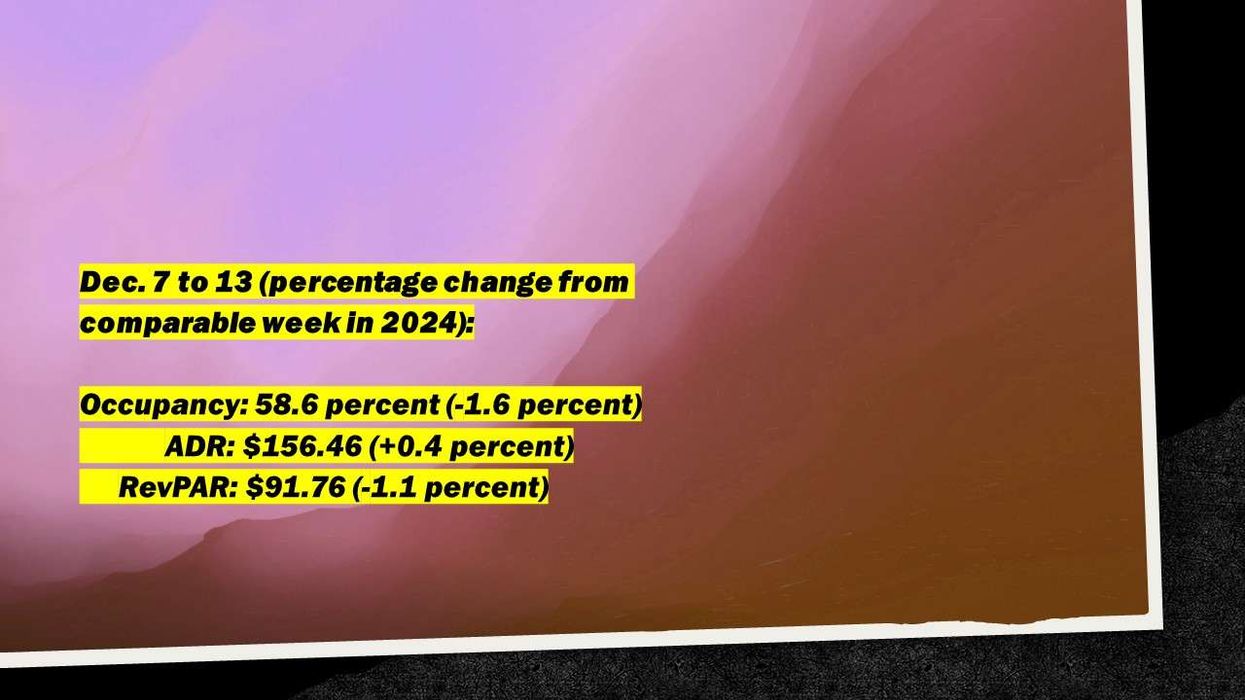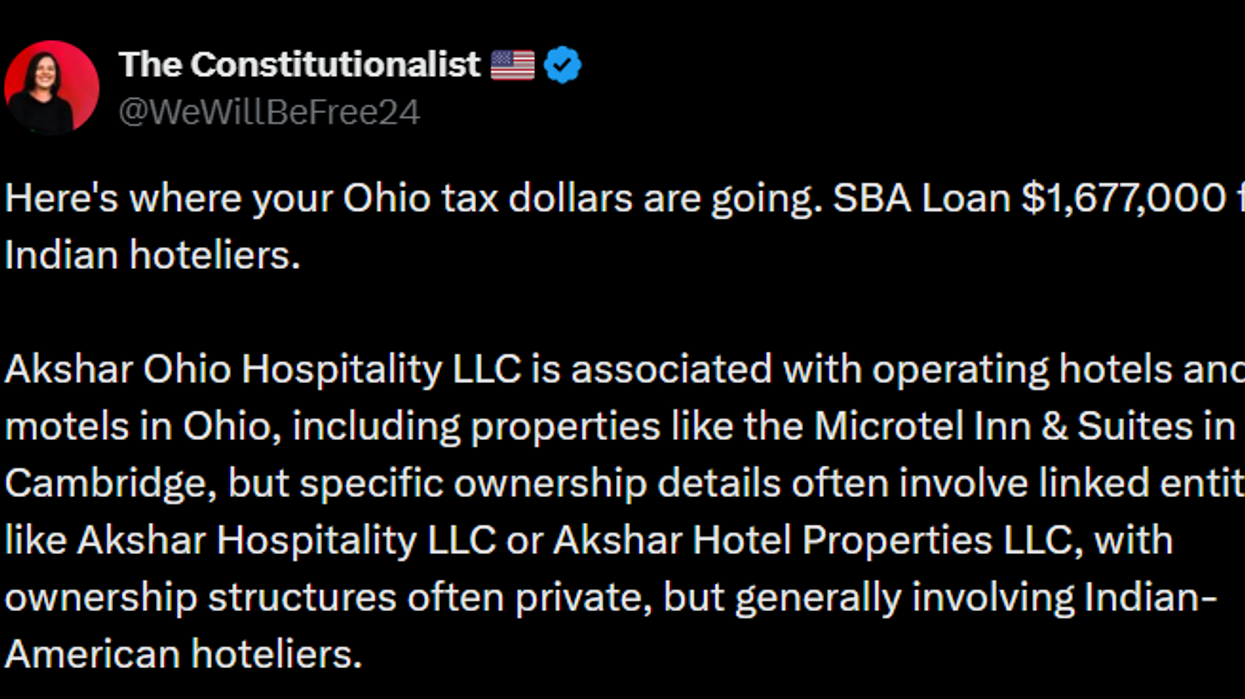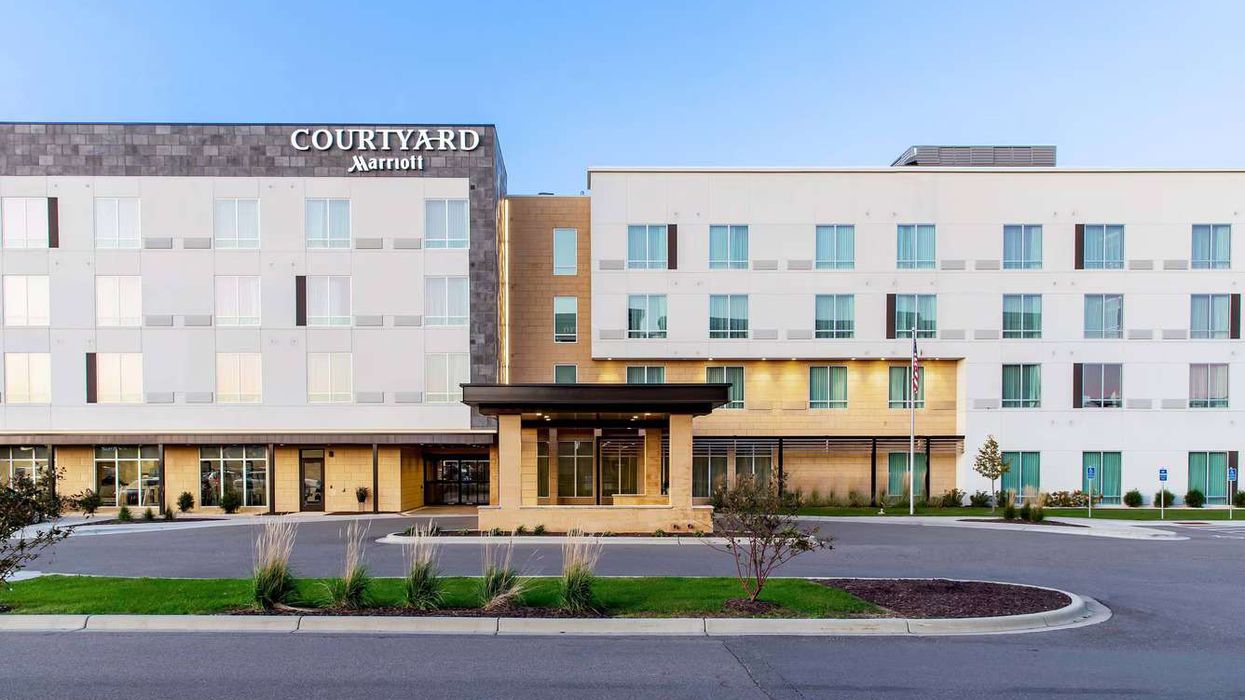Steady U.S. RevPAR Growth Forecast for 2025, Driven by Urban Demand
U.S. REVPAR IS expected to grow steadily in 2025, supported by urban markets benefiting from improved group and business travel and inbound international recovery, according to a recent CBRE study. The firm expects a 2 percent increase, with occupancy up 23 bps and ADR rising 1.6 percent.
RevPAR in 2025 is projected to be 16.6 percent above 2019 levels, reflecting the lodging industry's continued recovery, CBRE said in a statement.
“The U.S. hotel market is poised for steady growth in 2025, primarily led by continued outperformance of the urban segment, which should experience RevPAR growth of 2.8 percent this year,” said Rachael Rothman, CBRE’s head of hotel research and data analytics. “The sector’s resilience and the sustained demand for higher-priced hotels bode well for the upcoming year.”
CBRE anticipates 2.4 percent GDP growth and 2.5 percent inflation in 2025. With GDP closely tied to RevPAR, economic strength will directly impact lodging performance.
Over the next few years, RevPAR is expected to grow between 1.5 percent and 3.5 percent, due to major events like the 2026 FIFA World Cup, the U.S.’ 250th anniversary, and the 2028 Olympics, along with continued demand for national parks, gateway cities and leisure destinations—barring a recession, the research firm found.
Bill Grice, CBRE Hotels' Americas president, said U.S. hotel fundamentals remain strong despite cost pressures, with investment activity expected to pick up in late 2025.
“With ample dry powder available and the potential for a lower Fed funds rate before year-end, we expect to see a narrowing of buyer and seller expectations, fueling increased transaction activity,” he said.
Hotel supply growth is expected to remain below 1 percent over the next three years due to high financing and construction costs, the statement said. Additional tariffs, labor shortages, or limited Fed rate cuts could further constrain supply, boosting pricing power and replacement costs.
CBRE recently reported growing optimism among U.S. hotel investors, with 94 percent planning to maintain or increase investments this year, up from 85 percent in 2023, driven by better returns, distressed opportunities and favorable pricing.
